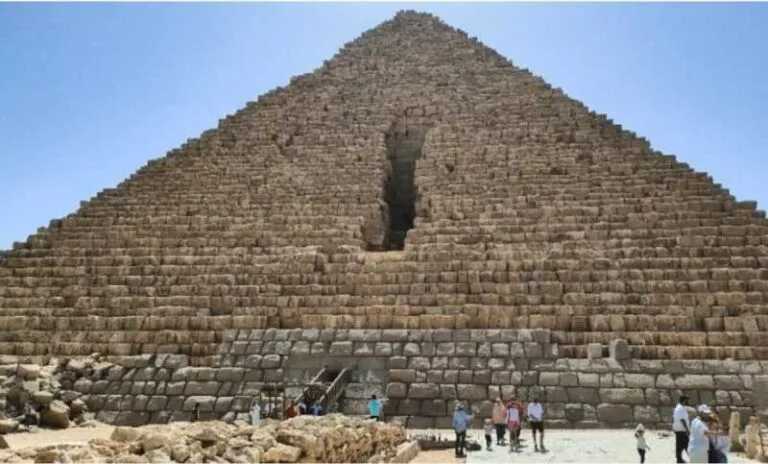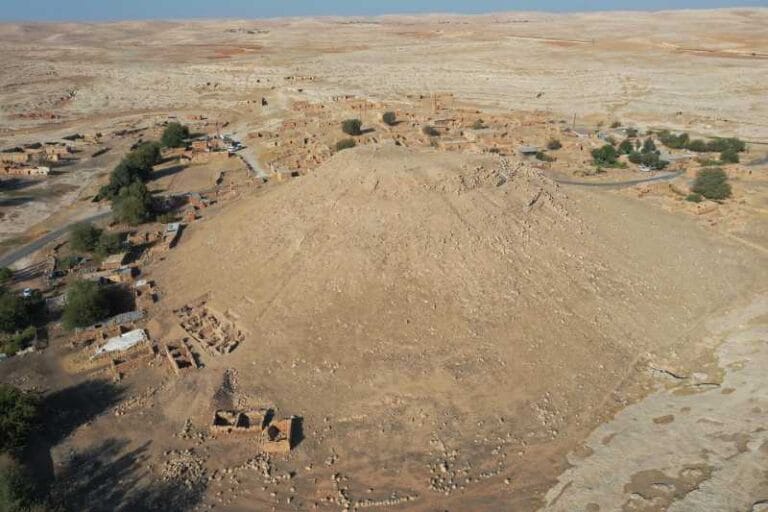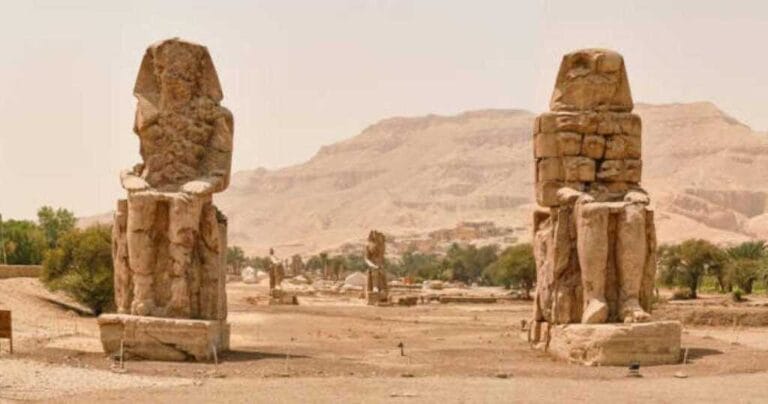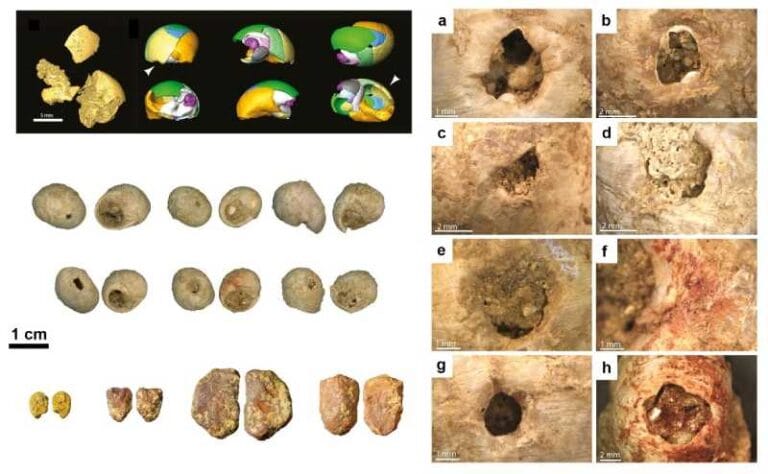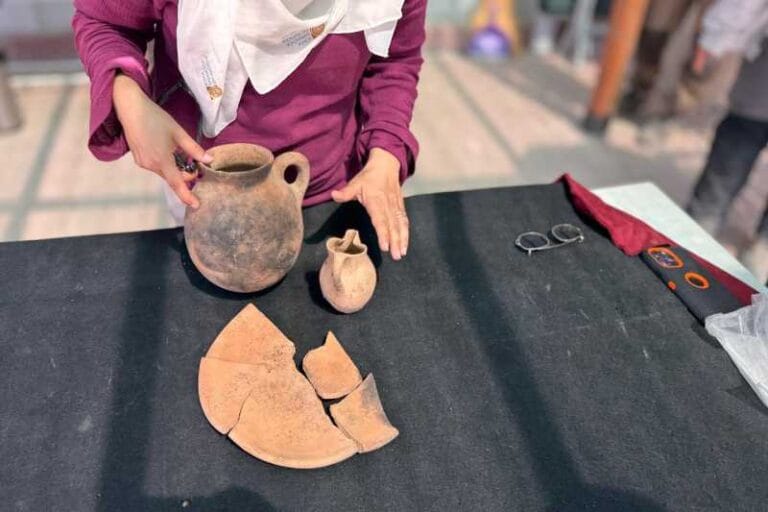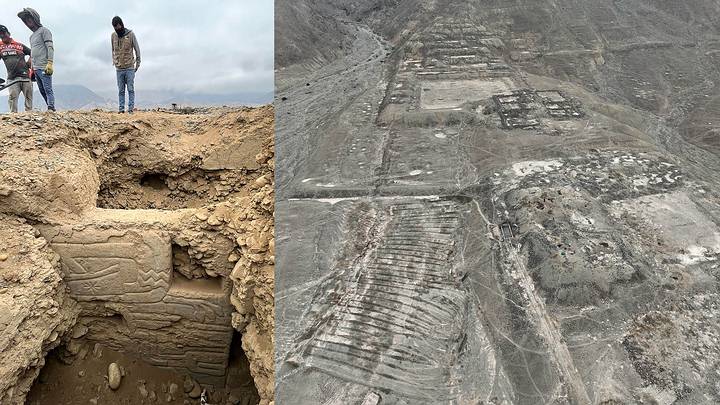Rock art discovered among dinosaur footprints in Brazil

A recent study revealed that approximately 9,400 years ago , hunter-gatherers in what is now Brazil produced dozens of impressive rock art drawings in association with dinosaur footprints dating back to the Cretaceous period (between 145 and 66 million years ago ).
Researchers believe that ancient inhabitants deliberately positioned the rock art next to the dinosaur footprints, since many of the petroglyphs are 5 to 10 centimeters away from the fossilized markings. Furthermore, some of these drawings appear to be illustrations of the footprints themselves .
“The people who created the petroglyphs were very aware of the footprints, probably choosing the location precisely because of them,” said the study’s first author, Leonardo Troiano, an archaeologist at the Instituto do Patrimônio Histórico e Artístico Nacional do Brasil. “It would have been impossible not to notice his presence.

The archaeological site , known as Serrote do Letreiro , is located approximately 11 kilometers from the urban center of the municipality of Sousa , in the northeastern state of Paraíba . It is close to Dinosaur Valley , a conservation area famous for its hundreds of fossilized footprints.
According to a new study , published this month in the journal Scientific Reports , fossilized dinosaur footprints in the region have been known since the beginning of the 20th century. However, the rock art associated with these footprints had only been briefly mentioned over the years.
“Although at least one ancient sculpture of the Kiriri – the main indigenous group in the interior of northeastern Brazil – was already known, the proximity between petroglyphs and dinosaur footprints had never been documented,” said Troiano, who led the research with a group of high school students who visited the site in 2023.

The team of researchers observed fossilized footprints that belong to different types of dinosaurs. Among them, carnivorous theropods, long-necked sauropods and bipedal ornithopods, including iguanodontian dinosaurs, stand out. The similarity of these footprints to those of the emu (Rhea americana), the largest bird in Brazil, may have facilitated the recognition and interpretation of these fossil remains by ancient people.
Furthermore, in the same region, petroglyphs were found, which are mainly engravings of circles filled with lines and other geometric features. These petroglyphs are attributed to humans who lived between 9,400 and 2,620 years ago.
“They were small, semi-nomadic groups of hunters and gatherers who lived in society and used objects made of stone,” Troiano said. “We did not find organic remains that would allow radiocarbon dating, so we compared the art with archaeological sites in the region with similar or identical rock art. For example, petroglyphs at sites such as Pedra do Alexandre, about 200 km west of Serrote do Letreiro, date back to around 9,400 years ago, according to radiocarbon analysis of human burials.”

Ancient people used two techniques to create the aforementioned engravings: drilling and scraping.
“Drilling involves using a type of stone hammer to create depressions in the surface, similar to pointillism, while scraping involves rubbing a stone against the surface until the desired engraving is formed. In some cases, the two techniques were combined to improve visibility and depth,” explained Troiano.

